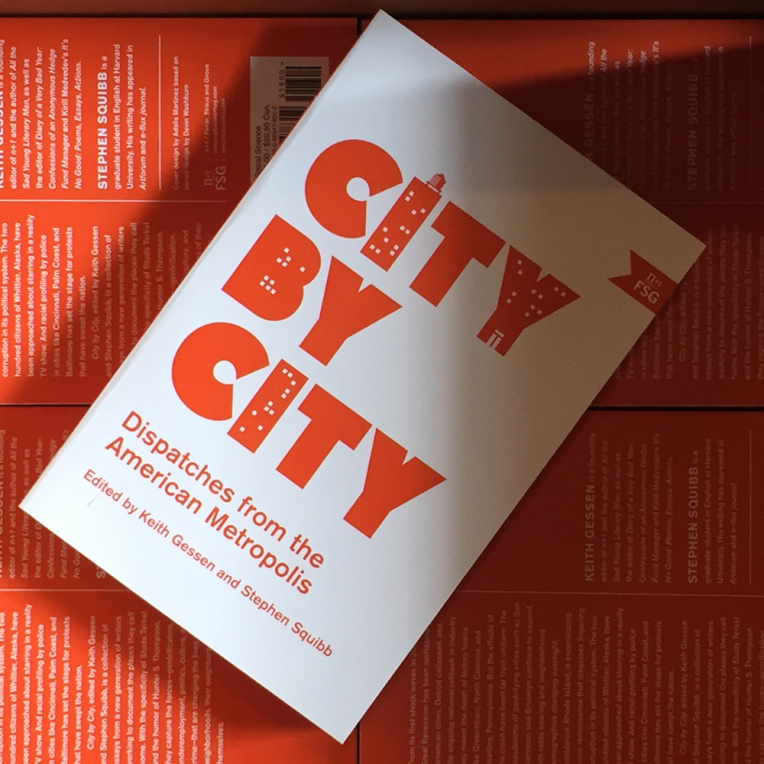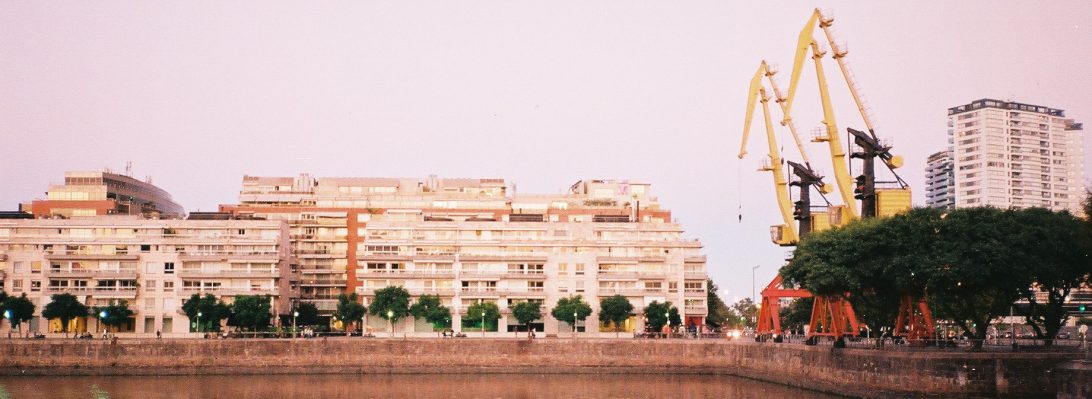by Francesca Perry

I began to read this anthology of stories in the summer – a distant memory for many of us now. “The weather is perfect until the city burns,” writes Jordan Kisner in the opening essay. A familiar feeling to many urbanites in summer, this is how Kisner sets the scene of San Diego: a city of extremes.
Taking us across the entire United States in reflections that are both personal and educational, City by City captures two things that are too often separated: the living, breathing urban experience – and the facts that explain why these places are the way they are.
The book takes us from the seductive, destructive casinos of Las Vegas to the black bears rifling through city dumpsters in Alaska’s Whittier. It describes the complex stories around big urban developments like Atlanta’s BeltLine, but it also immerses us in feelings, like that of returning to your home city: “as though I were preparing to watch a movie I’ve seen many times before.”
Nikil Saval charts the industrial changes in the US – from the factories of manufacturing that established cities like Detroit to the skybound office towers that define today’s working world in places like New York – and the social developments and problems that happen around this. “New York has led the way in modelling how a city based on production can be transformed into one based on services and how a skyline of church spires and smokestacks can be elevated into a jagged, Tetris-like collection of tall glass boxes,” Saval writes.
We hear about the loss of downtowns to megamalls, the loss of independent radio stations to strip bars. A process that is sometimes irrevocable, and sometimes not – as Ryann Liebenthal realised when discovering the re-emergence of a thriving cultural scene in his hometown Boise, Idaho, with its local music and proliferating public art. But when Liebenthal sees a cultural metamorphosis become his city’s “remapping of self”, we realise the perils of change.
From the “revitalisation” efforts that stamped out heritage in favour of convenience manifested by homogenised shopping malls, to new waves of “renaissance” that embrace independent culture at the risk of gentrification, there is always baggage saddling changes that we may not quite understand until it’s too late.
We are so used to this dichotomy, though: one group telling us change is positive progress; another group deciding change is bad. The reality is somewhere in the middle, both beneficial and problematic: the middle ground of the urban grey. But one thing is sure, and that is cities change, and they will continue to do so. The aspiration is that we can all be involved in these developments, and shape them to be as inclusive and equitable as possible.
Of course it is not just urban development that needs to be fair and inclusive – it is society itself. In cities across America in 2015, on streets and online, the Black Lives Matter movement continued to highlight unjust violence against black people in the country. Lawrence Jackson’s powerful essay ‘Christmas in Baltimore’ describes his trip home for the funeral of his friend who had been killed by police. Jackson contemplates the contemporary experience of being black in the US: “No one wants to accept this in a country based on upward mobility and the hope of individual distinction, but it is a fact: blackness still causes the distance to evaporate between who you are and what you have done and what the society has made you.”
City by City reflects on urban America’s history, how things are shifting now and muses at changes to come. These are immersive and often poetic dispatches; stories and history lessons without the didacticism. They chart the realities, irrationalities, wonders and injustices of US cities – and I suggest you have a read.
